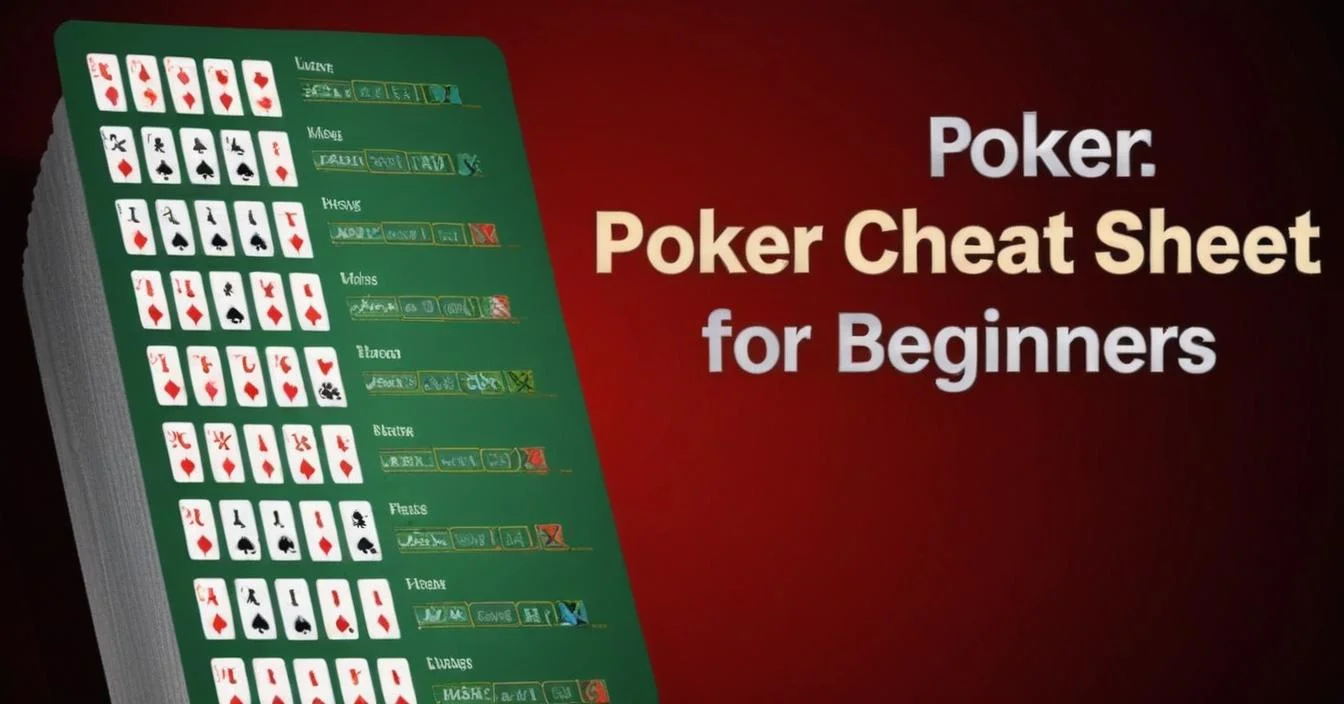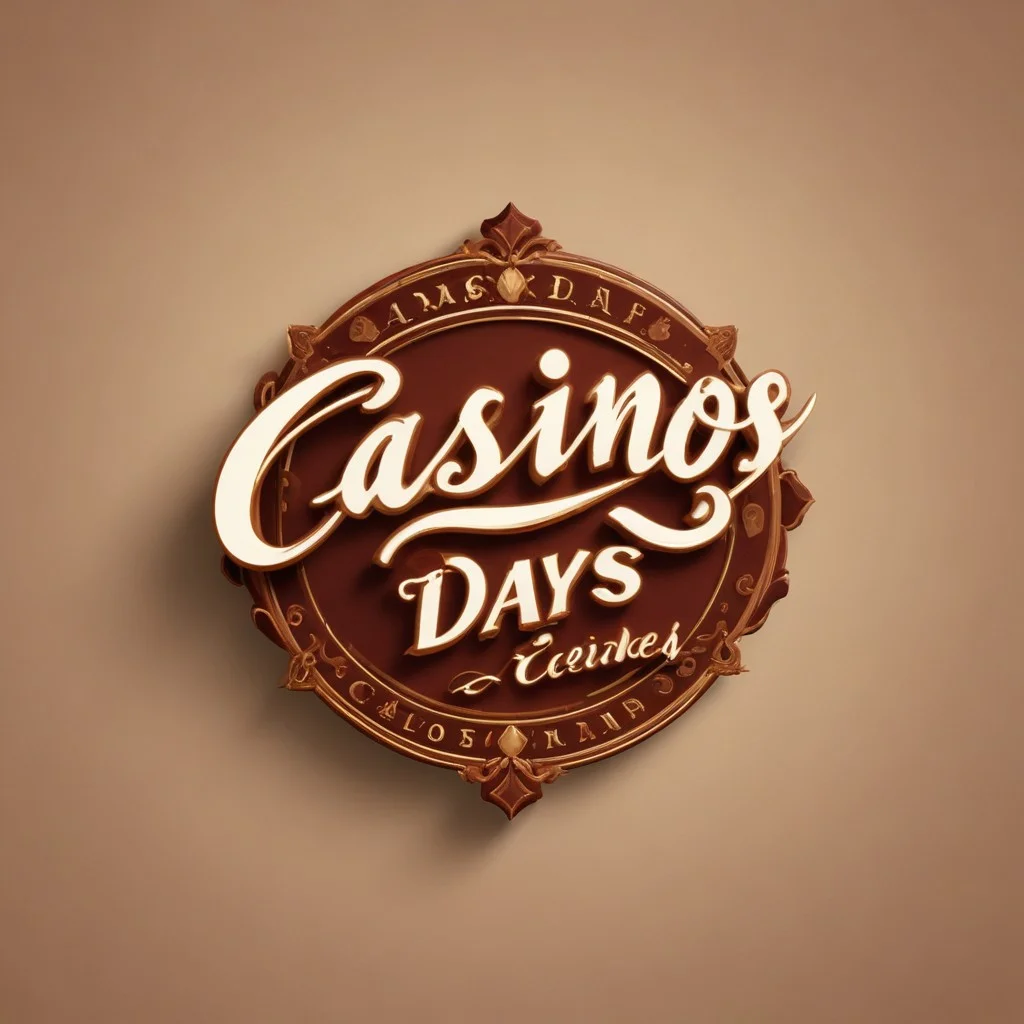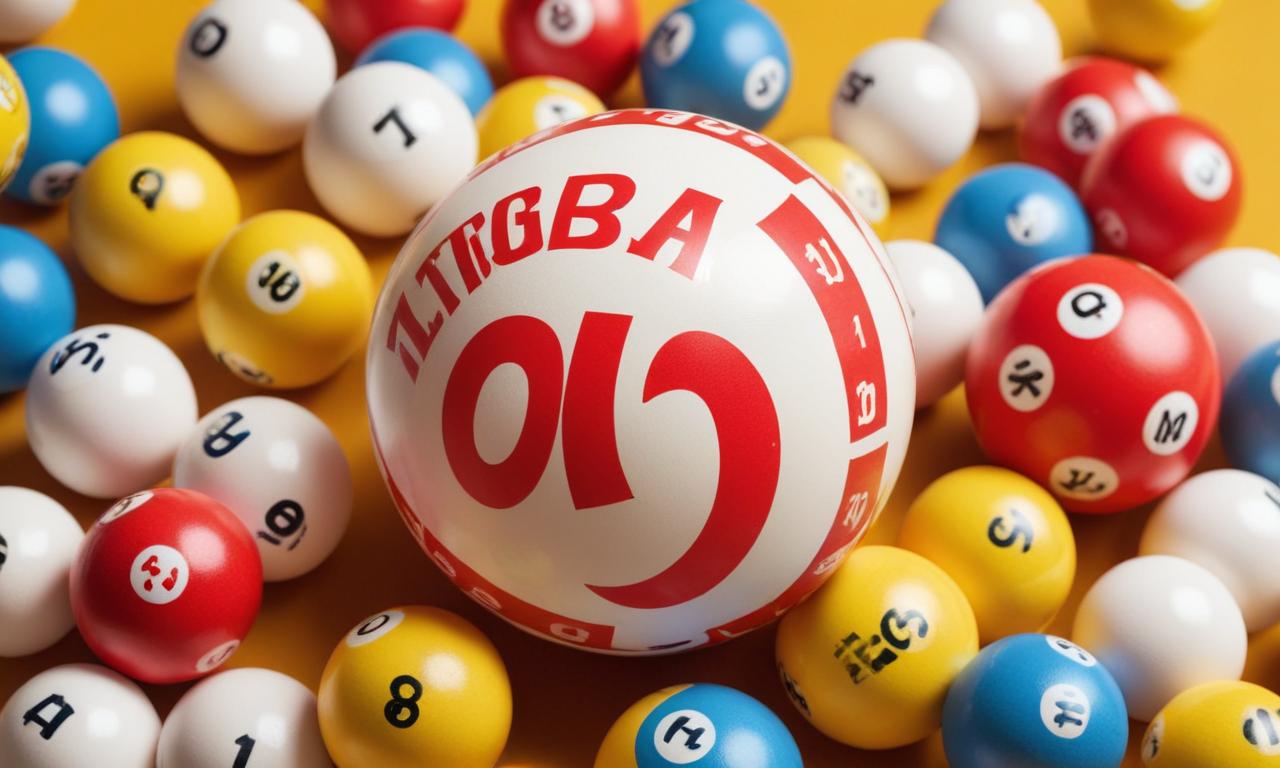When it comes to poker, having a comprehensive poker cheat sheet can be the key to turning an average player into a formidable opponent. Understanding hand rankings, betting strategies, and the intricacies of the game can greatly enhance your playing experience and increase your chances of winning. In this article, we provide a detailed poker cheat sheet that covers everything from the basics to advanced strategies.
Omaha Poker: A Complete Guide to Playing
Understanding Poker Hand Rankings
The Basics of Hand Rankings
The foundation of any good poker game is understanding hand rankings. Here’s a quick rundown:
A royal flush consists of the cards A, K, Q, J, and 10 of the same suit.
When you have five consecutive cards of the same suit, you have a straight flush.
The term “four of a kind” refers to four cards that are all of the same rank.
Having a full house means having three of a kind in addition to a pair.
Any five cards of the same suit that are not in sequence constitute a flush.
Five successive cards of different suits are considered to be a straight.
A “three of a kind” is a card that has three cards that are all of the same rank.
There are two separate pairings in this pair.
Pairs consist of two cards that are of the same rank.
When there is no other hand, the highest card is considered to be the high card.
Detailed Explanation of Hand Strength
Royal Flush: The best possible hand in poker. Unbeatable.
Straight Flush: Strong, but can be beaten by a higher straight flush.
Four of a Kind: Rare, very strong hand.
Full House: Powerful, but can be beaten by four of a kind or higher full house.
Flush: Can be strong, but susceptible to full houses and above.
Straight: Vulnerable to flushes, full houses, and higher straights.
Three of a Kind: Solid, but can be beaten by straights and above.
Two Pair: Decent, but lower on the strength scale.
One Pair: Weak, easily beaten by higher hands.
High Card: The weakest hand.
Essential Betting Strategies
Understanding Betting Rounds
Poker typically involves four betting rounds: Pre-flop, Flop, Turn, and River. Knowing how to approach each round is crucial.
Pre-flop: Analyze your starting hand and position.
Flop: Assess the community cards and adjust your strategy.
Turn: Re-evaluate your hand strength with the new card.
River: Make final decisions based on the complete board.
Aggressive vs. Passive Play
Aggressive Play: Involves frequent betting and raising. It can intimidate opponents but requires careful hand selection.
Passive Play: Involves more checking and calling. It can be useful to keep pots small but can also make you predictable.
Bluffing Techniques
Bluffing is an art in poker. Here are some tips:
Semi-Bluff: Bluff with a hand that has the potential to improve.
Pure Bluff: Bet or raise with a weak hand to force opponents to fold.
Timing and Position: Bluffing works best from late positions.
Advanced Poker Strategies
Reading Your Opponents
Understanding your opponents’ behavior is critical. Look for:
Betting Patterns: Regular patterns can reveal hand strength.
Physical Tells: Unconscious physical actions can indicate confidence or nervousness.
Timing: The speed of bets can indicate the strength of their hand.
Pot Odds and Expected Value
Pot Odds: This refers to the proportion of the present size of the pot to the cost of a call that is being considered.
Expected Value (EV): The average amount you can expect to win or lose if you make the same decision in a similar situation numerous times.
Positional Awareness
Position is a key factor in poker strategy:
Early Position: Requires tighter play due to many players acting after you.
Middle Position: Offers more flexibility.
Late Position: The best position for a wider range of hands and bluffing opportunities.
Common Poker Mistakes to Avoid
Playing Too Many Hands
Quality over Quantity: Focus on strong hands rather than playing every hand.
Ignoring Position
Positional Play: Always consider your position before making a decision.
Chasing Losses
Discipline: Avoid the temptation to recover losses by making reckless bets.
Conclusion
Mastering poker requires a blend of knowledge, strategy, and psychological insight. By using this comprehensive poker cheat sheet, you can elevate your game, make more informed decisions, and ultimately increase your chances of
10 faq Poker Cheat Sheets
1. What is a poker cheat sheet?
A poker cheat sheet is a reference guide that contains essential information about the game, such as hand rankings, betting strategies, and odds. It helps players make quick and informed decisions during a game.
2. How can a poker cheat sheet improve my game?
A poker cheat sheet can improve your game by providing you with a quick reference for hand rankings, optimal betting strategies, and tips for different poker scenarios. It helps in making better decisions and understanding the game dynamics more clearly.
3. What are the basic hand rankings in poker?
- Royal Flush
- Straight Flush
- Four of a Kind
- Full House
- Flush
- Straight
- Three of a Kind
- Two Pair
- One Pair
- High Card
4. How do I use a poker cheat sheet during a game?
To use a poker cheat sheet during a game, keep it accessible and refer to it when you need to verify hand rankings, assess your odds, or decide on a betting strategy. It’s a handy tool to boost your confidence and decision-making skills.
5. Can beginners use a poker cheat sheet effectively?
Yes, beginners can use a poker cheat sheet effectively. It simplifies complex aspects of the game and provides a solid foundation for learning poker strategies, making it easier for new players to understand and enjoy the game.
6. What are the best strategies included in a poker cheat sheet?
The best strategies included in a poker cheat sheet typically cover hand selection, position play, bluffing techniques, and pot odds calculation. These strategies help players make more informed decisions and increase their chances of winning.
7. How do pot odds work in poker?
When playing poker, the term “pot odds” refers to the ratio of the present size of the pot to the cost of a call that is being considered possible. Players are able to decide if they are obtaining the appropriate price to call a wager based on their chances of completing a winning hand when they have a solid understanding of the betting odds for the pot.
8. What is the importance of position in poker?
In poker, position is extremely important since it affects the sequence in which bets are placed. When players are in later positions, they have access to more knowledge about the activities of their opponents, which enables them to make judgments that are more informed. When it comes to poker, a cheat sheet will frequently highlight the significance of position play.
9. How can a poker cheat sheet help with bluffing?
A poker cheat sheet can help with bluffing by providing tips on when and how to bluff effectively. It may include guidelines on reading opponents, recognizing bluffing opportunities, and managing your table image to execute successful bluffs.
10. Where can I find a reliable poker cheat sheet?
Reliable poker cheat sheets can be found on reputable poker strategy websites, in poker books, or by joining poker forums and communities where experienced players share their insights. Always ensure the cheat sheet is from a credible source for accurate information.














